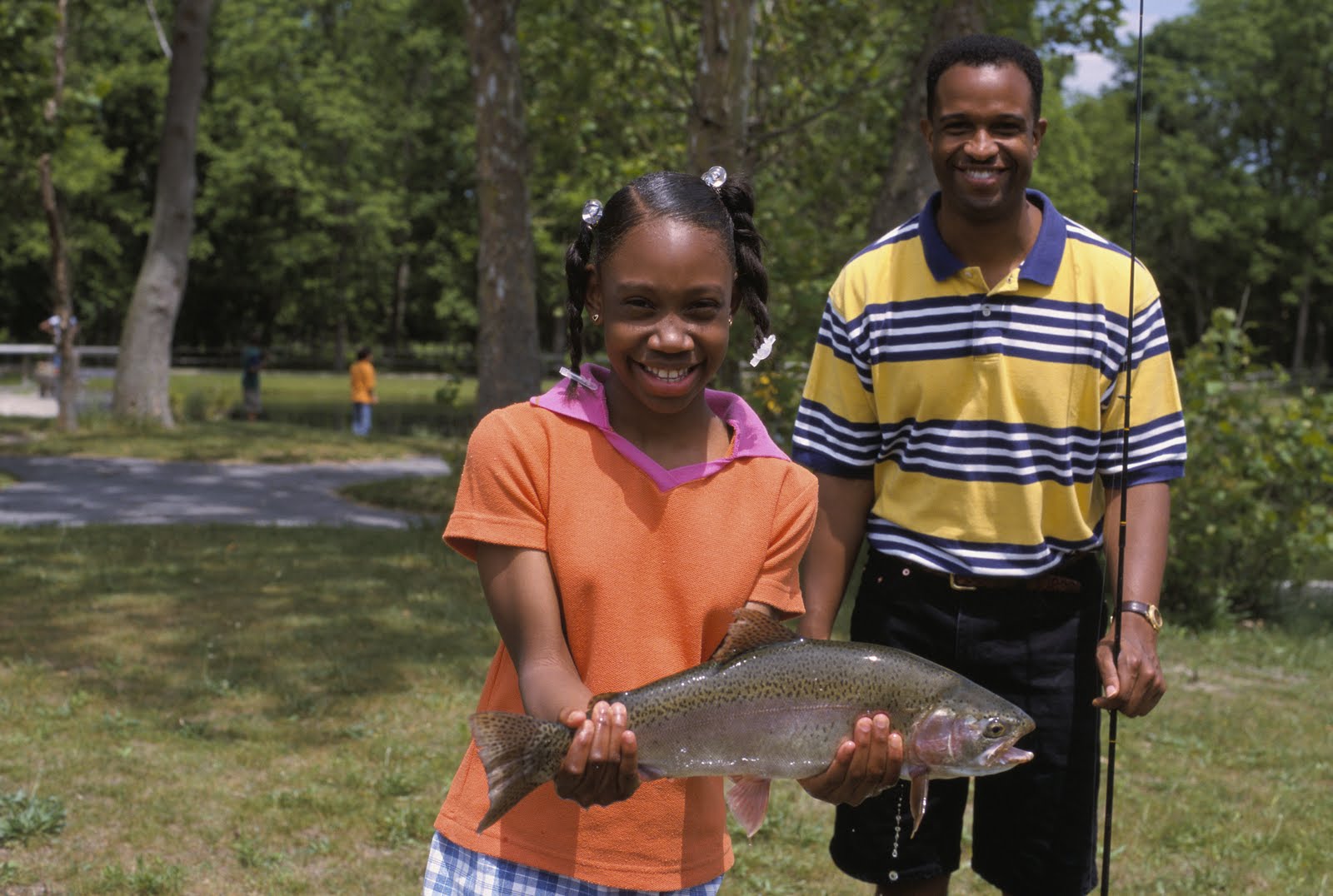 |
| Girl, dad and rainbow trout |
A paper published online in the Proceedings of the National Academy of Sciences last week says that climate change is bad news for all the trout species in the northern Rocky Mountains, with an average 47 percent decline in total suitable habitat in 70 years. That, the paper says, is because it’s not just the temperature that is changing. How much water flows in rivers and when is changing, as will greater problems from invasive species, such as those that are already keeping native cut-throat trout out of its native range.
The paper’s lead author is with Trout Unlimited, with other authors hailing from the U.S. Forest Service, Colorado State University, U.S. Geological Survey Forest and Rangeland Ecosystem Science Center, and the University of Washington, Seattle.
Read the synopsis of the paper on Science Now, here.
Read a newspaper article from the Idaho Statesman, here. And this blog entry on the Idaho Statesman Web site.
And finally, read the paper itself (open access) from the Proceedings of the National Academy of Sciences, here.
Photo: Rainbow trout are expected to suffer the least from reductions in suitable habitat due to climate change. Photo by Carl Zitzman, courtesy US Fish and Wildlife Service
